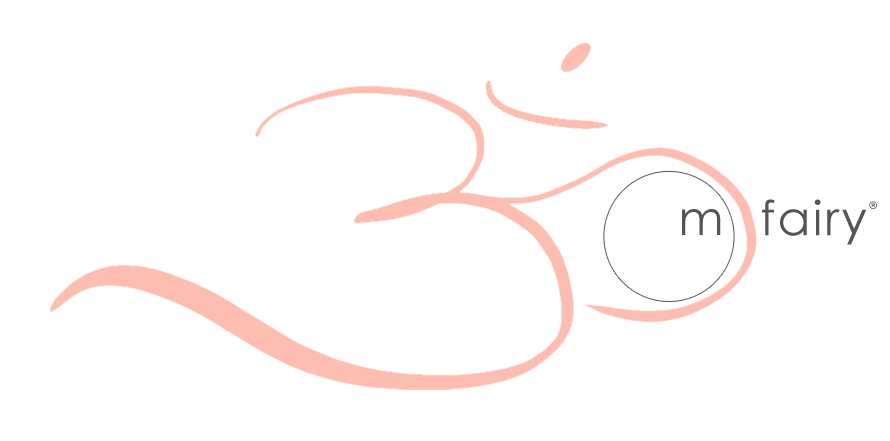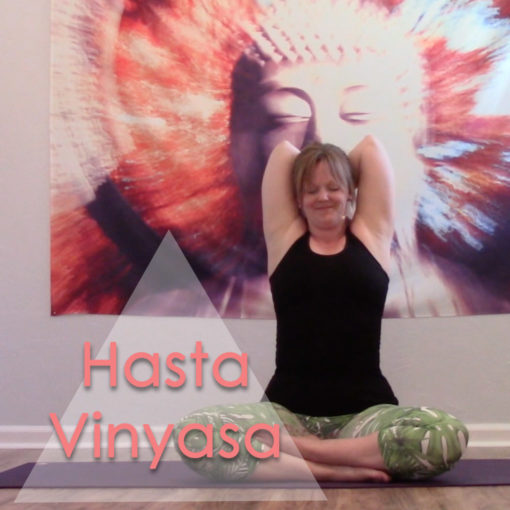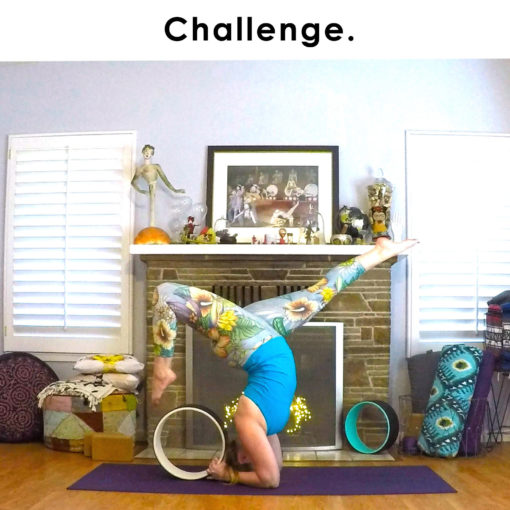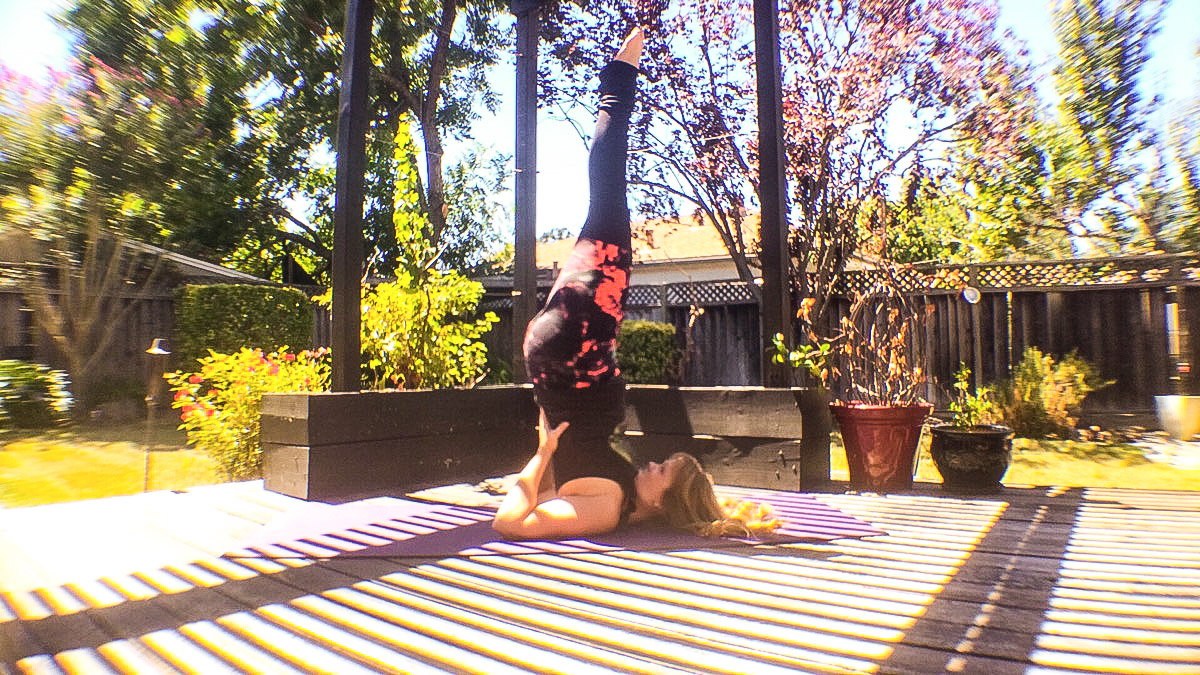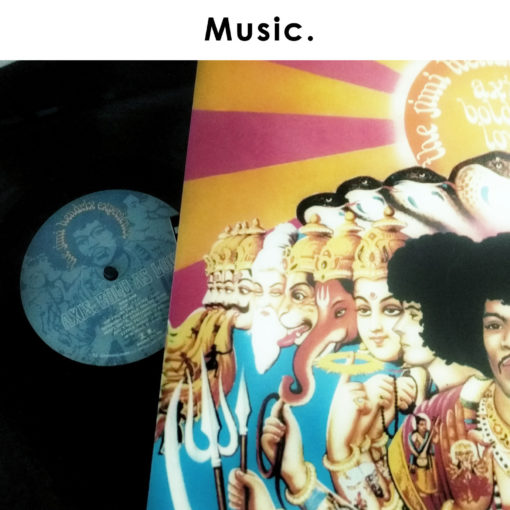In this asana, the object is to imitate a corpse. Once life has departed, the body remains still and no movements are possible. By remaining motionless for some time and keeping the mind still while you are fully conscious, you learn to relax. This conscious relaxation invigorates and refreshes both body and mind. But – it is much harder to keep the mind than the body still. Therefore, this apparently easy posture is one of the most difficult to master.
– The Illustrated Light on Yoga, B. K. S. Iyengar
I start with savasana as the first posture not because it is supposedly the most difficult to master, but because I’ve found this pose most useful and informative in my personal practice. It wasn’t always that way, in fact, I was probably the person who fidgeted through savasana, getting up a few minutes in and calling it a day. Over time, however, I discovered how I could feel the changes my practice brought my body as I rested in this pose.
There are three ways I use savasana in my practice:
1) Beginning corpse pose: It just happened that the original style of yoga I practiced, Sivananda, started its sequence with a corpse pose. For years I just followed the “rules” and started out this way, but over time I discovered that when I stilled my body before moving into pranayama and asana, I could pinpoint what areas of my body held tension, or felt relaxed. At the end of my practice, when I fell into final savasana, I had a one-to-one, apples-to-apples comparison of how my body felt as a result of the work I had just done.
2) Rest pose, interspersed throughout practice: In Sivananda yoga, the tendency is to hold the asanas for quite some time. As one comes out of the asana, they come back to corpse pose, resting to let the body reset to its starting state. The heart rate comes back down, the breath back to normal, before you move onto the next posture.
Needless to say, this is usually a welcome break, so I was always on board with this method! Yet again, over time, I began to discover how I could feel the shifts in my body each asana had brought. I could feel after my forward bend I needed to give my spine a bit more movement before heading into cobra. I could feel where tension that may have been in my body in the beginning had lessened, or increased, and this led me to understand so much more about how each asana was affecting my body, so I could begin to find my own sequences instead of just following a static sequence out of a book. This was when my practice really started to shift, and I began to enjoy it even more.
3) Final savasana: As mentioned above, resting in savasana at the end of my practice allows me to understand what I’ve just done for my body. Even before I discovered this, however, I learned how to relax individual muscles in my body. Every time I lay down on my mat, I go through my body, toe to head, tensing and relaxing a portion at a time. At the end of this, I move on to trying to still the mind, the more difficult part of this asana to achieve. Final savasana is what I’ve covered in the video above, so give it a try and see how relaxed your body can become!
